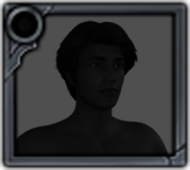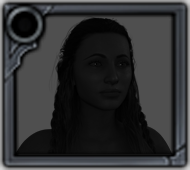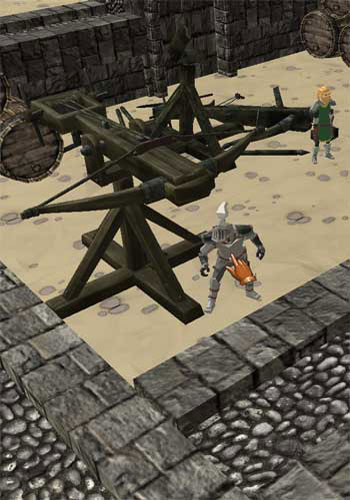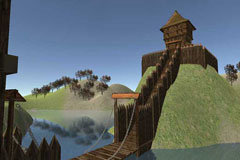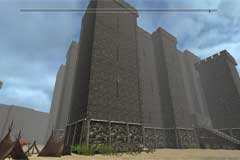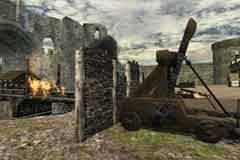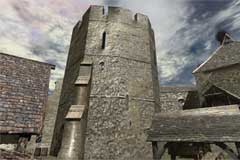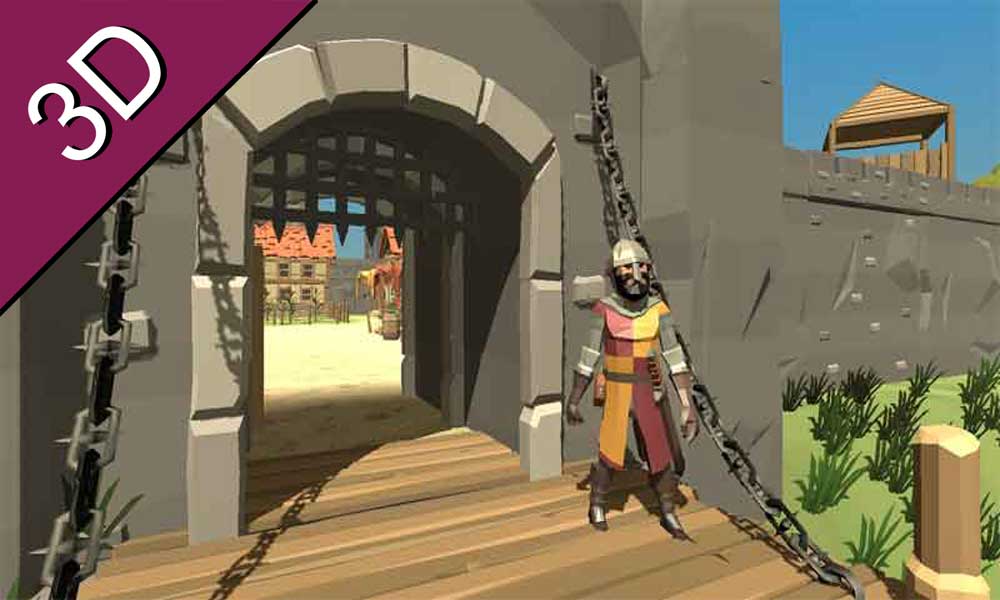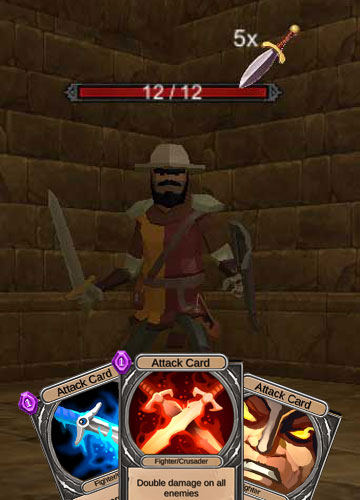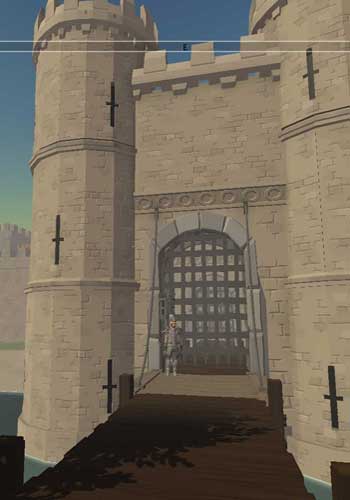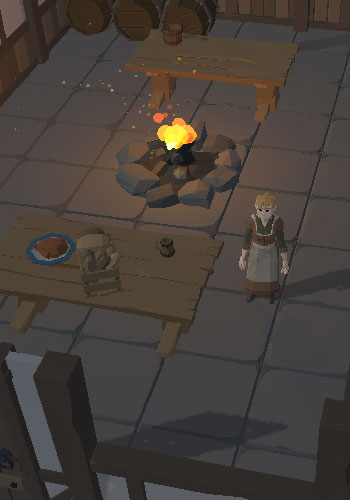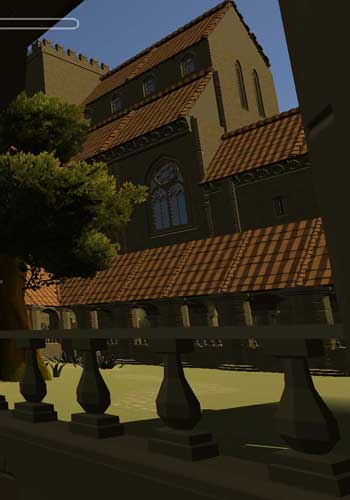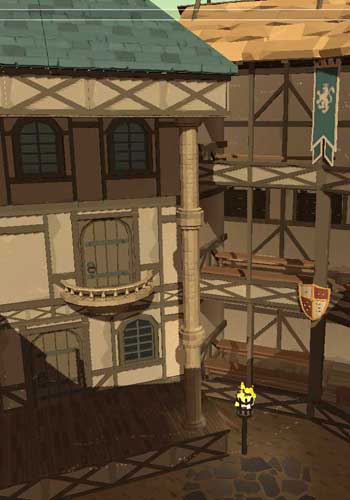Biographies of lesser people starting with S
The people listed on this page currently have less information so do not warrant a page of their own. As this website evolves and more information is added these people will be promoted to individual pages.
Please note: Portraits on this page are not intented to be accurate depictions of the individuals.
Sawtrey, William
Died: 1401
 illiam Sawtrey was a follower of John Wycliffe and part of the Lollard movement. William was accused of heresy and sentenced to death. He was the first Lollard to the burned at the stake.
illiam Sawtrey was a follower of John Wycliffe and part of the Lollard movement. William was accused of heresy and sentenced to death. He was the first Lollard to the burned at the stake.Timeline
William Sawtrey was a follower of John Wycliffe.
Scrope, Richard (Archbishop of York)
Timeline
Richard Scrope colluded with the Earl of Northumberland to overthrow Henry IV. Scrope was the Archbishop of York.
The Archbishop's revolt was crushed with the aid of the Nevilles and the king had him executed.
Seymour, Thomas (Lord High Admiral, Lord Sudeley)
Executed: 1549
Timeline
Jealous of his elder brother's power Thomas Seymour married Catherine Parr to enter the household of the young King Edward and the Princesses Mary and Elizabeth. [1]
On the 30th of August Catherine gave birth to a girl, Mary Seymour. As a result of the birth Catherine became ill and died several days later.
Thomas Seymour, the Protector's brother, had married the late king's widow Catherine Parr. Suspicion fell on Thomas after the untimely death of Catherine in late 1548 and it was suspected that he wanted to marry Elizabeth, King Henry VIII's daughter. He may have also tried to bribe the young king Edward VI into giving him more power. Thomas was arrested, charged with treason and sent to the Tower of London. Without much of a trial he was exectuted.
Family Tree Details
Seymour, Thomas (Lord High Admiral, Lord Sudeley) ( - ex.1549)
+Parr, Catherine (b.1512 - d.1548)
Sihtric (Norse King of York)
Died: 927
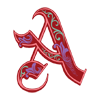 Norse leader from Dublin who attacked the kingdom of Mercia from the Mersey frontier. The Mersey formed part of the boundary between Mercia and the Viking Kingdom of York.
Norse leader from Dublin who attacked the kingdom of Mercia from the Mersey frontier. The Mersey formed part of the boundary between Mercia and the Viking Kingdom of York.Timeline
To help consolidate his links to the North Athelstan married his sister to Sihtric, the Norse King of York. A condition of the marriage was Sihtric should become a Christian. The marriage was short-lived as the Norse King died in 927.
With the death of Sihtric, the Danish leader in the North of England, Athelstan was able to then drive out the Dane's sons. This left Athelstan the master of Northumbria. His attacks on the Welsh and the submission of Constantine the King of Scotland and Owen the King of Cumberland led to him becoming overlord.
The Dane Olaf Guthfrithson or Anlaff (possibly Sihtric's son), Owen of Cumberland and Constantine, King of the Scots sailed into the Humber to invade Northumbria. Athelstan's speed at raising his army that marched north put paid to any plans of invasion and a fierce battle occurred (Brunanburgh near Beverley ?) in which many Danish kings and earls were killed. Olaf Guthfrithson fled to Ireland. Edmund, Athelstan's younger half-brother also took part in the battle.
Simnel, Lambert
Born: 1477 Died: circa 1525
Timeline
Lambert Simnel arrived in Ireland claiming to be Edward Plantagenet, Earl of Warwick, one of the young boys who had been locked up in the Tower of London by Richard III because they were rivals to the English Crown. John de la Pole, Earl of Lincoln who himself had a claim to the throne backed Simnel's claim and raised funds and an army. When they landed in Ireland Simnel was crowned by the Irish at Dublin as Edward VI. [2]
Lambert Simnel and the Earl of Lincoln landed on the Lancashire coast in early June and with some support from the locals were able to win a battle at Bramham Moor.
Henry VII fought the Earl of Lincoln and Lambert Simnel at the Battle of Stoke. The English throne was at stake. Simnel was captured and Lincoln was killed. This battle ended the Wars of the Roses. The king realised Simnel was just a puppet in Lincoln's scheme and pardoned the young boy. [3]
Sir William ap Thomas
Died: 1445
Siward, (Earl of Northumbria)
Died: 1055
Stafford, Humphrey (Duke of Buckingham)
Died: 10 July 1460
 umphrey Stafford, Duke of Buckingham, was a Lancastrian supporter during the Wars of the Roses and fought along side King Henry VI. Humphrey Stafford was killed at the Battle of Northampton by the Yorkists.
umphrey Stafford, Duke of Buckingham, was a Lancastrian supporter during the Wars of the Roses and fought along side King Henry VI. Humphrey Stafford was killed at the Battle of Northampton by the Yorkists.Timeline
King Henry VI had by his side at St. Albans the Dukes of Somerset and Buckingham, Lords Pembroke, Northumberland and Devon and around 2,000 Lancastrian men. They tried to hold the town against the Yorkists led by Salisbury and Warwick but Warwick was able to enter the town through an unguarded spot and attack the flanks of the Lancastrian barricades. Although this battle was small it left the Duke of Somerset dead along with Lord Northumberland and Clifford. As a result of this victory power again swung to the Yorkists although support from the Barons was not total. Richard, Duke of York, again became Protector of the Realm and the powerful position of Captain of Calais was given to the Earl of Warwick.
The Lancastrians's Court was in Coventry at the time of the Yorkist rebels entering London. When news reached them, the Lancastrians moved south to Northampton to meet the rebels. The Yorkists led by the Earl of Warwick wanted to talk but the Lancastrians led by the Duke of Buckingham wanted to fight. Although the Lancastrians had less men than the Yorkists, they did have control of a stronger position. The Yorkists managed to defeat the Lancastrians due to a section of the Lancastrian army led by Lord Grey of Ruthin moving away allowing the Yorkists through. Orders were given that the King and ordinary men should be spared, while the knights and lords should be killed. When the fighting was over the casualties were light, but the Lancastrian leaders, Buckingham, Shrewsbury and Egremont were dead and the King was captured.
Stephen (count of Blois)
Born: circa 1045 Died: 19 May 1102
Timeline
In late 1096, Stephen of Blois, his brother-in-law Robert Curthose, duke of Normandy, along with his cousin Robert, count of Flanders set out for the Holy Land. They reached Constantinople in May of 1097 and were warmly welcomed by Emporer Alexis. They then joined the main party of Crusaders and helped capture the city of Nicea.
At the end of May, after a hard winter where the Crusaders has made no real gains, Stephen of Blois decided to abandon the Crusade and return home. He assumed that the Crusaders would not succeed and his excuse was that he was ill. But the Crusaders did succeed and in June, the city of Antioch fell. By the tiime he had returned to France, news of his desertion had already arrived.
Accused of desertion and under the threat of excommunication, Stephen of Blois, and several of the other knights who deserted with him returned to the Holy Land to make amends for their actions. But their crusade was to end in disaster with many crusaders killed or captured. Those that did survive made their way to the coast to find ships to take them home.
Stephen found himself trapped in the city of Ramleh. He was killed and his fellow Crusaders were either also killed or captured after they attacked the large Moslem army that surrounded them. [4]
Family Tree Details
+Adela (of Normandy) (b.1067? - d.1137)
= Theobald (V)
= Stephen (of Blois, king of England 1135-1154) (b.1100 - d.1154)
| +Matilda (Countess of Boulogne, Queen of England) ( - d.1152)
| = Baldwin (of Boulogne) (b.1126 - d.1135?)
| = Eustace (IV, Count of Boulogne) (b.1129? - d.1153)
| +Constance (Countess of Toulouse) ( - d.1176)
= Henry (of Blois, Bishop of Winchester) (b.1096? - d.1171)
Stephen (count of Blois) (b.1045? - d.1102)
+Adela (of Normandy) (b.1067? - d.1137)
= Theobald (V)
= Stephen (of Blois, king of England 1135-1154) (b.1100 - d.1154)
| +Matilda (Countess of Boulogne, Queen of England) ( - d.1152)
| = Baldwin (of Boulogne) (b.1126 - d.1135?)
| = Eustace (IV, Count of Boulogne) (b.1129? - d.1153)
| +Constance (Countess of Toulouse) ( - d.1176)
= Henry (of Blois, Bishop of Winchester) (b.1096? - d.1171)
Stewart, Alexander (Duke of Albany)
Born: circa 1454 Died: 7 August 1485
 lexander Stewart was the second son of King James II of Scotland and younger brother of King James III of Scotland. After disagreements with his brother Alexander fled to France.
lexander Stewart was the second son of King James II of Scotland and younger brother of King James III of Scotland. After disagreements with his brother Alexander fled to France.Timeline
This treaty was signed by Edward IV of England and Alexander Stuart, Duke of Albany, the brother of James III, King of Scotland. Alexander agreed that if the English king assisted in deposing James and making him king instead he would swear loyalty to England.
Family Tree Details
Stewart, Alexander (Duke of Albany) (b.1454? - d.1485)
Stewart, Charles (Earl of Lennox)
Died: 1576
 harles Stewart was the brother of Henry Stewart, Lord Darnly, the father of King James VI of Scotland. Charles was the 5th Earl of Lennox.
harles Stewart was the brother of Henry Stewart, Lord Darnly, the father of King James VI of Scotland. Charles was the 5th Earl of Lennox.
Family Tree Details
Stewart, Charles (Earl of Lennox) ( - d.1576)
Stewart, David (Duke of Rothesay)
Died: March 1402
Timeline
David, the eldest son of Robert III, King of Scotland, was arrested by his uncle, Robert the duke of Albany and locked up in Falkland Palace where he died in 1402. This led to James I becoming the next king of Scotland.
Family Tree Details
Stewart, David (Duke of Rothesay) ( - d.1402)
Streona, Eadric
Died: 1017
Timeline
Canute had the treacherous Ealdorman Eadric Streona of Mercia killed.
Suger (of St Denis, Paris, Abbot)
Born: 1081 Died: 1151
Timeline
The construction of the abbey church of St Denis in Paris, the first Gothic Cathedral was begun in around 1140. Combining stained glass windows, flying buttresses, choir vaulting and rib vaults, it was a daring innovation in architecture. The specifications were set by the abbot of St Denis, Suger. [5]
The Pope left Viterbo in January and travelled to France. At the start of April he met the King at Dijon. It was agreed that Abbot Sugar would take care of France while the French King was away and the Pope and Abbot met several times. [6]
King Louis VII of France and his wife Eleanor of Aquitaine began their Crusade. They declared Abbot Suger regent of France,
Sybilla (of Conversano)
 arried Robert II (Curthose), Duke of Normandy.
arried Robert II (Curthose), Duke of Normandy.
Family Tree Details
+Robert (II, Duke of Normandy 1087-1106) (b.1051? - d.1134)
= Clito, William ( - d.1128)
Sybilla (of Conversano)
+Robert (II, Duke of Normandy 1087-1106) (b.1051? - d.1134)
= Clito, William ( - d.1128)
Selection of references used:
- 1: J.E.Neale, Queen Elizabeth, 1934
- 2: Alison Plowden, The House of Tudor, 1976, ISBN:0-7509-1890-X, Butler and Tanner (1976), Own Copy
- 3: Neville Williams, Henry VII
- 4: John T. Appleby, The Troubled Reign of King Stephen
- 5: A.T. Mann, Sacred Architecture, ISBN:1-85230-391-3, Element Books Limited, Own Copy
- 6: Steven Runciman, A History of the Crusades Volume II, 1966
Explore the White Tower
Explore all four floors of the White Tower at the Tower of London using the Unity 3d game engine.
A Medieval Mystery
There appear to be some strange connections between the fourteenth century Old Wardour Castle and ancient stone circle Stonehenge.
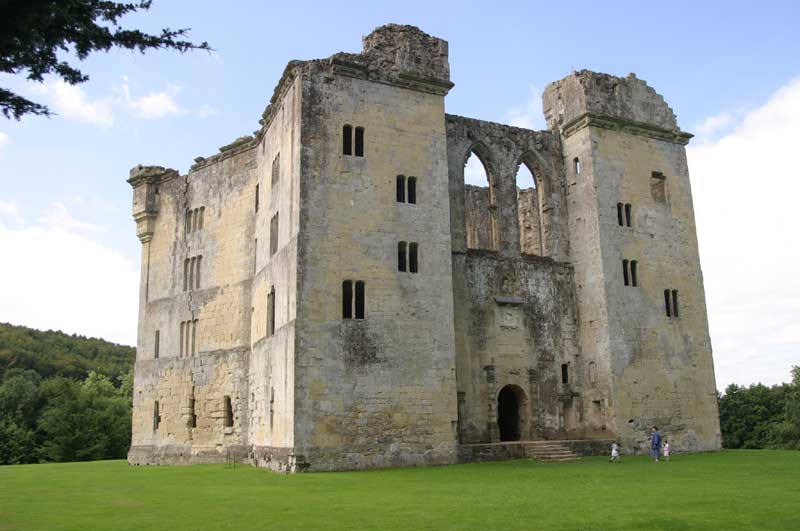
1: Location
Old Wardour Castle appears to be aligned to ancient sites in the Stonehenge landscape.
2: Alignment
Stonehenge is aligned to the Summer Solstice. Old Wardour has a very similar alignment.
3: Size
Could the builders of Old Wardour used mesaurements from Stonehenge to layout the geometrical keep?
Learn More

